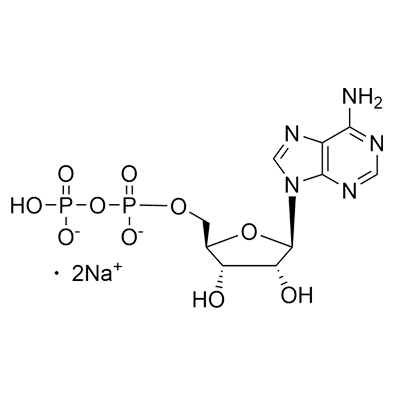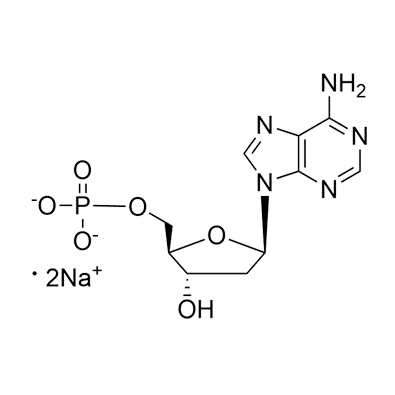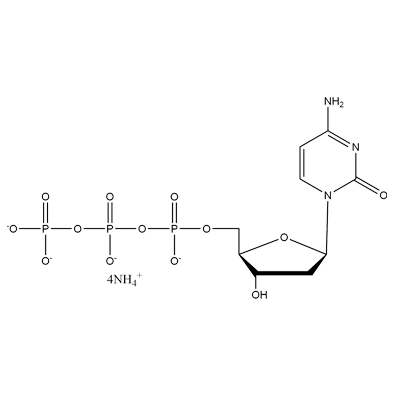The synthesis of nucleoside phosphoramidites, fundamental to nucleotide chemistry, is undergoing a paradigm shift towards green chemistry and sustainability. This passage explores the evolving landscape of nucleoside phosphoramidite synthesis, emphasizing the principles of green chemistry and the sustainable practices that are reshaping this critical aspect of nucleotide production.
Green Chemistry Principles in Nucleoside Phosphoramidite Synthesis
Atom-Efficient Reactions
Green chemistry promotes atom-efficient reactions, minimizing waste generation and maximizing the utilization of raw materials. In nucleoside phosphoramidite synthesis, researchers are actively exploring synthetic pathways that reduce the number of synthetic steps, ultimately streamlining the process and enhancing overall efficiency.
Safer Solvents and Reaction Conditions
Traditional nucleoside phosphoramidite synthesis often involves the use of solvents and reaction conditions that are harmful to the environment. Green chemistry advocates for the use of safer alternatives, such as water-based or bio-derived solvents, and milder reaction conditions that reduce energy consumption and environmental impact.
Renewable Feedstocks
A key tenet of green chemistry is the use of renewable feedstocks. In nucleoside phosphoramidite synthesis, efforts are underway to explore bio-based starting materials that are sustainable and environmentally friendly. This shift towards renewable feedstocks aligns nucleotide production with broader goals of reducing dependency on finite resources.
Sustainable Synthesis Strategies
Catalysis with Earth-Abundant Metals
Greening nucleoside phosphoramidite synthesis involves reevaluating the catalysts used in the process. The exploration of catalysts based on earth-abundant metals, such as iron and copper, is gaining prominence. By replacing or minimizing the use of rare or toxic metals, researchers aim to make nucleotide synthesis more sustainable and environmentally benign.
Biocatalysis and Enzymatic Approaches
Biocatalysis and enzymatic approaches are emerging as powerful tools in sustainable nucleoside phosphoramidite synthesis. Enzymes, with their high specificity and selectivity, enable cleaner and more efficient reactions. Incorporating biocatalytic steps not only reduces the environmental footprint but also opens avenues for the synthesis of challenging nucleotide analogs.
Waste Minimization and Recycling
The minimization of waste and the development of recycling strategies are integral to green nucleoside phosphoramidite synthesis. Researchers are exploring methods to recover and reuse catalysts, reducing the overall consumption of these critical components. Waste reduction strategies contribute to the sustainability of nucleotide production processes.
Challenges and Innovations
Balancing Sustainability and Efficiency
A central challenge in green nucleoside phosphoramidite synthesis is striking a balance between sustainability goals and the efficiency of the synthesis process. Innovations seek to address this challenge by optimizing reaction conditions, exploring new catalysts, and leveraging computational tools to design more sustainable synthetic routes without compromising efficiency.
Implementation of Green Metrics
To quantitatively assess the environmental impact of nucleoside phosphoramidite synthesis, researchers are increasingly employing green metrics. These metrics evaluate factors such as energy consumption, waste generation, and solvent usage, providing a comprehensive understanding of the ecological footprint of nucleotide production. Implementing green metrics aids in the continuous improvement of sustainability practices.
Green chemistry and sustainability principles are reshaping the landscape of nucleoside phosphoramidite synthesis, ushering in an era of cleaner and more environmentally friendly nucleotide production. As researchers explore novel synthetic routes, safer solvents, and renewable feedstocks, nucleotide chemistry is evolving towards practices that align with global efforts to build a more sustainable and eco-conscious future. The integration of green chemistry principles not only addresses environmental concerns but also positions nucleotide synthesis as a key player in the broader transition towards greener chemical processes.

 En
En Cn
Cn



